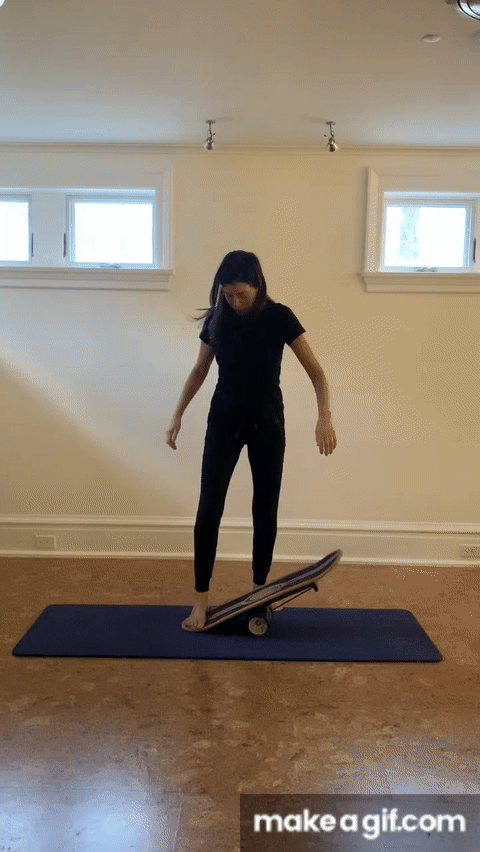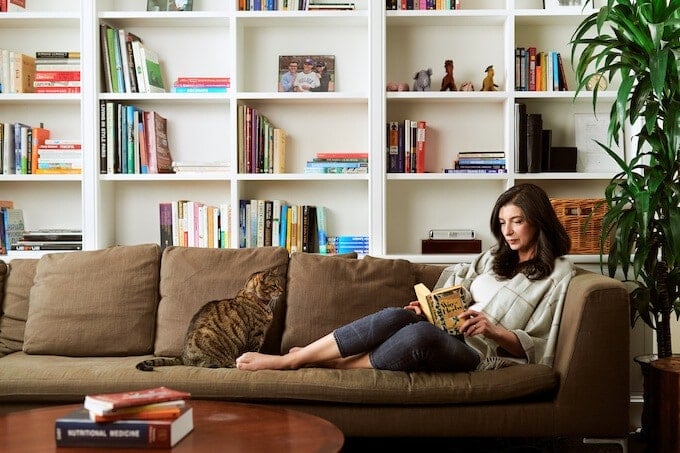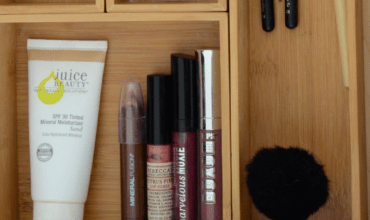Practice positivity

I was talking to my son the other day about practicing positivity. There was a lot to develop and explain in this conversation.
When we were in our chat, he said, “Mom, I think you should write about it on your blog. It’s interesting and could help a lot of people. “
Practice positivity
So, to start. What is “practice positivity”? Is it that easy to say to yourself, “Think positively now”?
Now think positively, positively
No not at all. Commanding yourself to think positively is about as useful as telling yourself to run a six minute mile. Right now.
Relax!
I once spent time with a person who would raise their voice and hiss, “Relax!” When a situation became tense.

Did it help? Not even a little bit.
We all know someone like that. They mean well and have the best of intentions, but on one simple level they don’t understand their impact on others.
Understand the nervous system
On a more complex level, they have no remote understanding of the chemistry of the nervous system.
Tense a muscle
Good things like positive thinking and relaxation don’t happen instantly or with a thought. You need time. And great practice.
Training the nervous system is like tensing a muscle.
Creative visualization
I first came up with the concept that we could change our minds for the better in 1989 when I was reading Creative Visualization.
It helped me understand that we have the potential to shape our own reality.
I was excited to become a student of this philosophy at the tender age of 22 and it would change my life.
Working with mental images
I deepened my understanding and practice of the power of positive thinking during my three-year yoga teacher training.
I continued on this path when I trained with Maria Gomori and her colleagues in Canada for several years.

Find your happy place
A main theme in all of my training has been to find a place of inner peace, which is just a fancy way of saying, find your happy place.
Your happy place can be a thought, a visual image, a smell (cookies that bake in the oven are a big deal to me).
There are no rules. Other than – it makes you HAPPY.
The placebo effect
When I talked to my son about practicing positivity, our conversation turned into a discussion about the placebo effect.
What is the placebo effect?
The placebo effect is a positive effect of a drug or treatment that cannot be attributed to the properties of the drug or the treatment itself.
Placebo effect defined
Basically, the placebo effect is a fancy way of saying that your unconscious or subconscious is involved in every treatment you receive.
What does this have to do with positivity? We will get there!

Power of the placebo
Your doctors and naturopaths are also powerful. A good one can help you unleash the placebo effect in your mind-body.
Anyone or everyone involved in doing something “with” or “with” your body has power over you.
I always make sure that such people use this power for good – to help me heal myself.
Psychology of the placebo effect
When you find the right people, they will know they have this power and use it for good to heal you.
This means that they will help you recruit your subconscious for the benefit of your body and being.
It is actually quite simple.
Activation of the placebo effect
When you believe in these people in “positions of authority” you are actually activating your placebo effect.
If you don’t, it doesn’t mean you can’t get the placebo effect, but it’s a lot harder to do.
The placebo effect means …
So the placebo effect means something magical.
With that in mind, I told my son that the placebo effect accounts for 33 percent of any medical treatment.
In clinical trials, patients given a placebo pill often do better than those who received no treatment at all.
According to Dr. Jon Tilburt:
“Twenty to thirty percent of the benefits seen in rheumatism drug studies are due to the placebo effect.” 1
Shape your mental sight to shape your thoughts
Another part of recruiting your subconscious for an optimal placebo effect is shaping your view of things.
I call this “shaping your view”.
Zoom out
In his phenomenal book Chatter, Ethan Kross calls it zooming out.
Positive outlook
Another fantastic book on the subject is Your Body Believes in Every Word You Say.
The premise here is that our brains listen carefully to our words and thoughts.
Essentially, how we talk to ourselves and how we talk about ourselves is important in shaping our outlook and taking responsibility for activating our own placebo effect.
We do this through positive thinking.
Move towards and away
It is also important to make decisions in a way that is empowering.
This is not just New Age gibberish.
That is the difference between moving there and away.
Motivation: Fear vs. Desire
Formulating a decision can mean the difference between acting out of our desire and acting out of fear.
The action is the same. The framework is different.
Is Desire Better Than Fear?
I am not suggesting that desire is better than fear. Neither of these biological conditions is superior to the other.
Fear is part of us, as is desire. We are built for both.
The wear and tear of fear
We should use fear and fight or flight in small bursts in order to sprint to safety from the saber-toothed tiger.
Fight or flight
However, our bodies are not designed to exist in a constant state of fight or flight, or to bathe in the stress hormones and neurochemicals that come with it.
Cortisol and adrenaline
Cortisol and adrenaline are the hormones for fight or flight.
They can help save our lives by sharpening our senses – this gives us the awareness we need to get out of dangerous situations.
But living in a constant state of threat is unhealthy. It tires us and can lead to negative epigenetic expression and ultimately autoimmune diseases.

It’s okay to be afraid
But remember, during stressful moments, it’s okay to feel anxious from time to time. In fact, it’s completely normal.
These positivity practice tools are designed to help you out during those moments.
Study vs. practice
As I mentioned above, I’ve spent decades learning how to be happy, but I rarely practiced until I read Wired for Healing by Annie Hopper in 2014.
Wired for Healing
This book is a treasure that combines everything I have studied over three decades.
My yoga teacher training, my therapeutic moderation training, as well as all reading on the subject of mind-body balance.
Practice change
The only way to change is through practice.
And so were here. Practice positivity.

Train like an athlete
As a college athlete, I know that performance training requires dedication and a lot of time.
Positive thinking is like a sport because to see any real change in brain function it has to be practiced on a daily basis.
A coach of mine once said it takes six months to get in shape and two weeks to get out of shape. Never stop exercising.
And so it is. This is the case when you change your brain.
 The marathon of life
The marathon of life
How do we practice positivity for the marathon that is life?
At the beginning I said to my son, take ten minutes at a time every day to think about something that you really like.
It could cuddle with our cat (she is incredibly cuddly and comforting). It could be a stroll on the beach. A popular sunset.
Think happy thoughts
One of my fondest memories is the night walk on the beach with Mr. Pantry and our two boys under a super moon.
I visualize the beach in detail with all my five senses.
The beach is brightly lit by the moon, the water is glowing, the white surf is almost neon. The smell of the salt water fills my nose, so strong that I can almost taste it.
The cool sea breeze caresses my skin. The warm voices of my family float in the background of the crashing waves.
This is a happy memory to relive and a happy place to visit again and again.

My memory jukebox
I store my happy memories in what I call my “memory jukebox”.
Greatest hits
I coined the term “memory jukebox” to indicate that there is a place in my brain that I can go anytime to visit my happy place. This is a loop to play repeatedly.
Here are some of the biggest hits on my memory jukebox:
- Family time (man and boy)
- Cat cuddling
- Visits to Nancy’s farm
- Running on the beach

Practice creates masters
Thanks to Annie Hopper, I now have more than just knowledge, I have a practice for happiness.
It’s that simple.
Practice positivity
Here are my shortcut tips for practicing positivity:
- Choose a positive experience
- Go to a quiet place where you won’t be interrupted
- Visualize the happy experience for ten minutes
- Use your imagination to appeal to your senses: taste, touch, sight, hearing, smell

You can have all the happy things
It is true, you can be in a state of happiness most of the time.
We don’t turn positivity into a weapon
But be careful! This is not about telling people to “relax”! or be “happy” when they are not. I write about this at length in Happiness and the Self Help Industrial Complex.
We just practice so that we have a choice of experiencing the happiness that is already available to us.

We practice luck
That is why we practice happiness. To make it an option, we can see something when it’s right under our noses.
What makes you happy What is your favorite happy place or your favorite memory? Leave a comment and let me know!
Buy my books!







